PANAMA IN 4 REGIONS
The Canal – San Blas & Bocas del Toro – Center & South – Nature & Ecotourism


Panama CiTY
Capital and entry point to the country, Pacific side, the city is full of contrasts between the audacious skyscrapers, the vestiges of the colonial period and the canal.
- Casco Viejo or Casco Antiguo, known as well as San Felipe, has originated the new city of Panama built in 1673, after the famous Pirate Morgan wiped out the first city built by the Spaniards.
On a peninsula dominating the sea, old buildings evoke the colonial splendor of the city which the most emblematic are San José Church and its altar covered in gold leaves, an authentic gem of baroque art, the Cathedral, the Presidential Palace, the National Theater as well as the other churches and museums.
- Panama La Vieja: archaeological site that was the first city of Panama bedding made by the Spaniards in 1519. Because of its wealth, the city was devastated by Henry Morgan the pirate. Casco Viejo and Panama la Vieja are designated World Heritage Sites.
- Americas Bridge: it steps over the Canal with style and offers a spectacular view of Panama Bay.
- Biodiversity Museum: Inaugurated in 2014 with an exhibition called “the Bridge of life”, within a futurist architecture signed by Frank Gehry.
- Metropolitan Natural Park: a beautiful area preserved at the city doors.
- Calzada de Amador or Causeway: a pier a few kilometers long that allows for visitors to take a long walk or nice bike rides.
- The Embera indigenous community: not too far away from the capital, several Emberas communities live by Rio Chagres surrounded by nature. Going to meet them will make you discover the traditions of people perfectly integrated into their environment.
- Taboga Island: 20 kilometers away from Panama City, 45 minutes away by boat, it is such a beautiful stopover. It has been named the Flowers Island.
- Las Perlas: more than 200 islands and small islands make this archipelago located off the Pacific coast. People were fishing oysters for the pearls and this is why it has been named the Pearls Islands. You can stay there or go from one island to another or even do a day journey from Panama City.


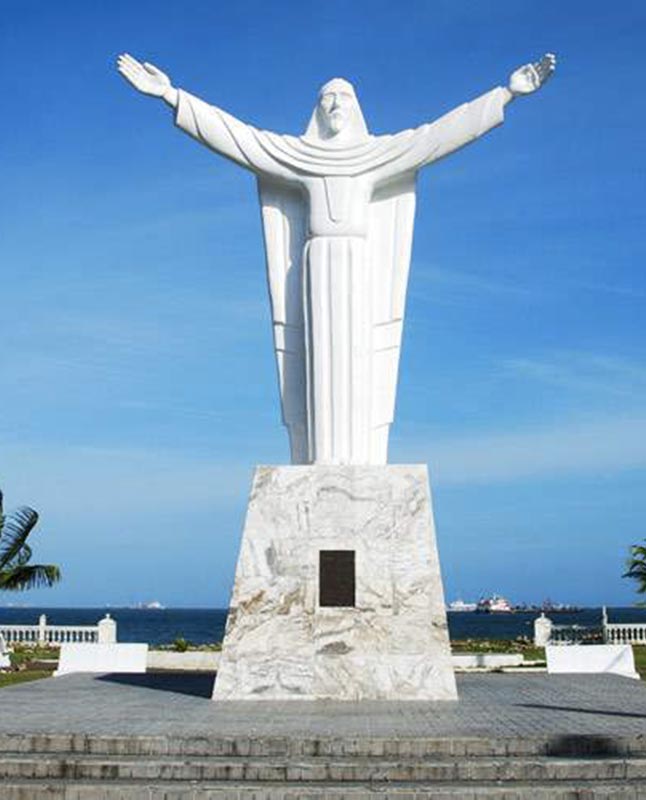
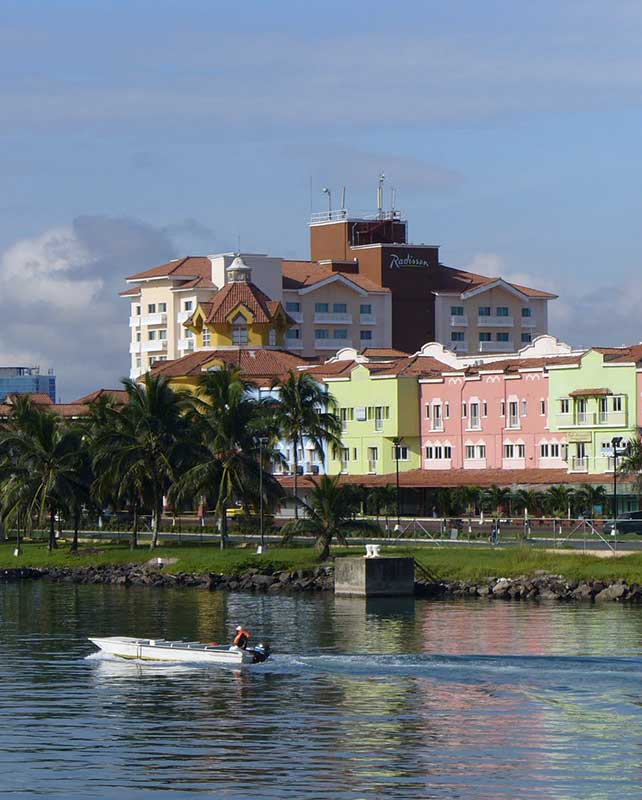
Colon
The city of Colon is the entry point to the Panama Canal on the Atlantic side. The city has been built as the end of the railway network which was crossing the isthmus before the canal construction.
Outside the city and at the opening of Chagres River stands San Lorenzo Fort, a great example of the military architecture of the colonial period.
Canal de
Panama
Authentic achievement of engineering, Panama Canal connects the Pacific to the capital, Panama City and the Atlantic, with the city of Colon. It crosses over approximately 80 kilometers of the forest. There are more than 14,000 ships that take it each year. It is marked out by natural reserves, lakes, rivers. It can also be discovered by train or by boat. It offers many explorations to be done.
- Balboa: on the outskirts of Panama City, half day journeys by boat are suggested in order to discover the Canal on the Pacific side, crossing over the locks and going up to the Miraflores Lake.
- Miraflores Locks: near the capital, locks have a platform that allows visitors to contemplate the maneuvers executed by gigantic ships that are crossing over.
- Soberania National Park: a few kilometers away from the capital, it holds a very diversified wildlife and flora. It makes a great ornithological reserve with more than 500 species of birds that you can watch thanks to marked out pathways.
- Rainforest Discovery Center: the main purpose of this ecotourism center is to raise awareness among people to respect the environment. Located at the edge of Soberania Park, it allows you to enjoy a splendid view of the jungle thanks to a 30 meters high tower made of reusable materials.
- Gatun Lake: gigantic lake created in the Chagres river valley, it represents the major part of the Panama Canal. Through it you can discover the wildlife and fauna richness of the region nearby the gigantic ships that cross the canal.
- Barro Colorado: it is a biological reserve on the Gatun lake island.
- Chagres National Park: It stretches out over almost 130,000 acres nearby the canal in complete harmony with it. The remarkable best points are the observation of the exceptional diversity of its wildlife, flora, and meeting the Embaras indigenous communities.
- Gatun locks: nearby the city of Colon, the locks have an impressive difference in level of approximately 26 meters!
- Transisthmus train: a mythical railway network with much charm that connects Panama City to the Pacific and Colon in the Caribbean Sea running along the Panama Canal that will allow you to discover the natural treasures of the region.


Portobelo
Approximately 50 kilometers away from Colon, the city of Portobelo is a beautiful harbor nested on the Caribbean coast bay, a beautiful evidence of its glorious past with a remarkable ensemble of fortifications.
Hence the Caribbean Coast Fortifications of Panama, San Lorenzo and Portobelo are designated World Heritage Sites. The city has other attractions such as the San Felipe Church with its famous Black Christ, as well as buildings from the colonial period which reminds its past greatness. You can also find a strong presence of Afro-Panamean culture traditions. In the surroundings you can find beautiful beaches such as Isla Grande where you can enjoy many water sports activities.


San Blas
San Blas is an archipelago that assembles almost 400 islands which only approximately 60 are inhabited. They are scattered in the Caribbean Sea northeast of Panama.
These dream islands are a paradise with white sand beaches, crystalline waters and coral reefs which you can discover only snorkeling (diving is forbidden!) not to forget the peaceful beauty of the mangroves.
Its inhabitants are called Kunas, they were established in hut villages made of bamboo. They live mainly from fishing, agriculture and making outstanding colorful textiles, the Molas, made by women.
A stay at San Blas is the exceptional opportunity to discover this community which has been able to preserve their ancestral traditions and know how to share them with the visitors
Bocas del Toro
Bocas del Toro is a province framed by the Caribbean Sea and has many islands to discover for it splendid beaches, coral reefs, the jungles and mangroves. You can observe a plentiful sea wildlife as well as many bird species.
Places to discover:
- Isla Colon where the capital of the region is located, Bocas del Rio.
- Isla San Cristobal where you can observe a very diverse sea wildlife, visit mangroves and meet with the indigenous community, the Ngobe Bugle.
- Isla Bastimentos where the Marin Isla Bastimentos National Park is located, this park covers a large part of the island with mangroves and coral reefs that hold an abundant wildlife. Off the coast the Zapatillas islands are a perfect spot for snorkeling.

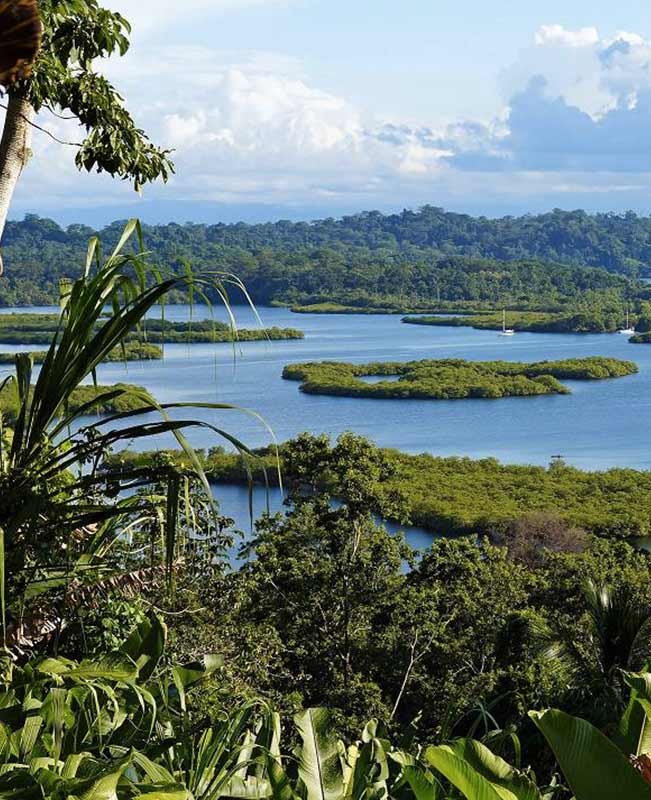
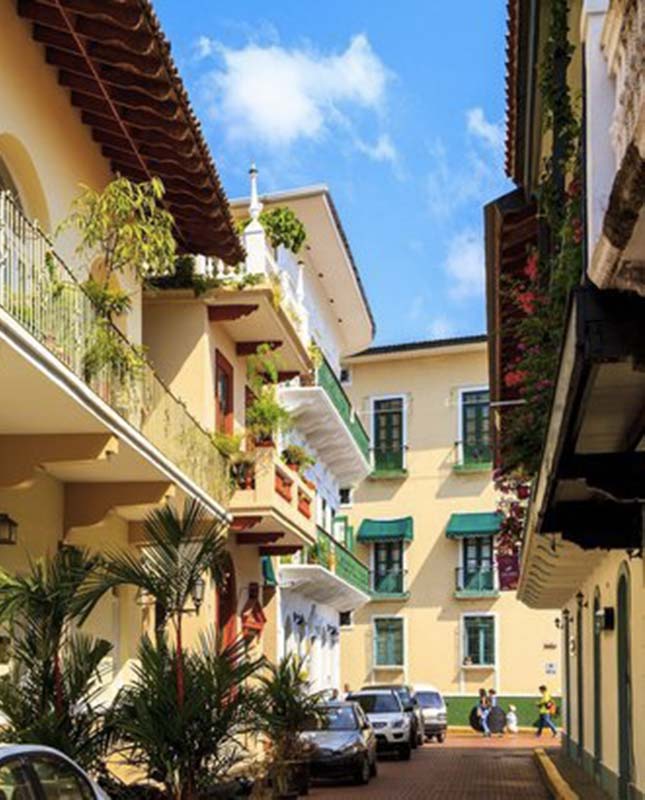
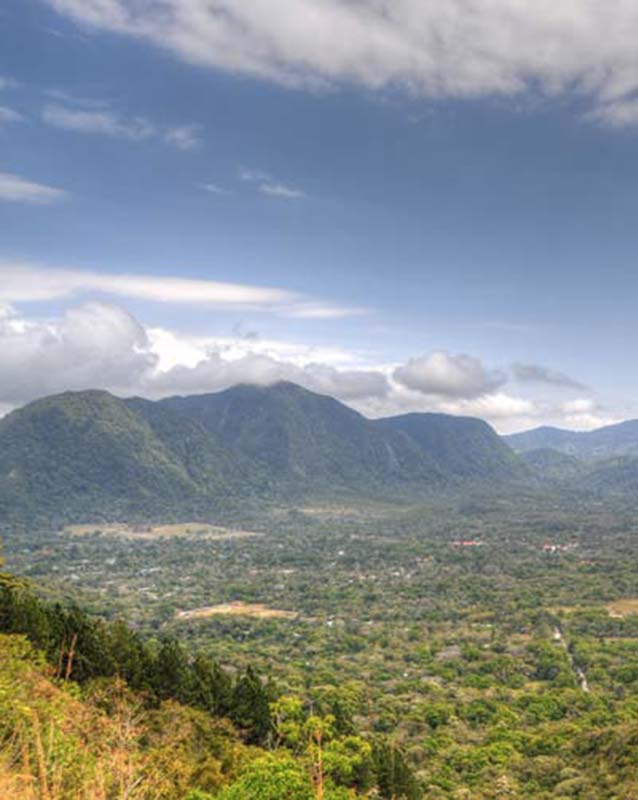
THE COCLÉ PROVINCE
The Coclé Province is located in the center of Panama. It attracts travelers for its natural treasures either on the seaside as well as on the mountains with also the discovery of traditional villages. The province offers many adventurous activities: trekking, hiking, rafting in Rio Grande, zip lining, water sports, and horseback riding…
- Valle de Anton: village located at the bottom of a crater with a very nice crafts market. Many possible journeys to explore the surroundings and do ecotourism.
- Penonomé: capital of Coclé province. Must visit the old town, the cathedral, the market as well as the archaeological museum.
- La Pintada: village known for its abundance of hats coming from the different regions of the country.
- Chiguiri Arriba: very pretty small town in the middle of the nature that offers many walks in the surroundings to discover waterfalls (such as El Tadivia), landscapes between forest, coffee plantations and guavas.
The Coclé region offers many beaches only two hour drive from the capital, such as Santa Clara, Playa Blanca or Playa Farralon and many others.
THE AZUERO PENINSULA
The Azuero Peninsula is the most representative of the traditions in Panama, additionally to the many natural attractions it displays! The must-see of this peninsula are:
- Chitré: charm for this city which represents an excellent starting point to visit the Azuero Peninsula.
You should not miss its cathedral nor the Herrera museum which holds pre-Colombian pieces.
- Pedasi: The fishing village Chitré is ideal to discover the region.
- La Arena: small village known for its pottery and carnival masks.
- Isla Iguana: protected site where you can practice snorkeling, watch the iguanas and many bird species.
- Isla Caña: it is the egg-laying place for some sea turtles.

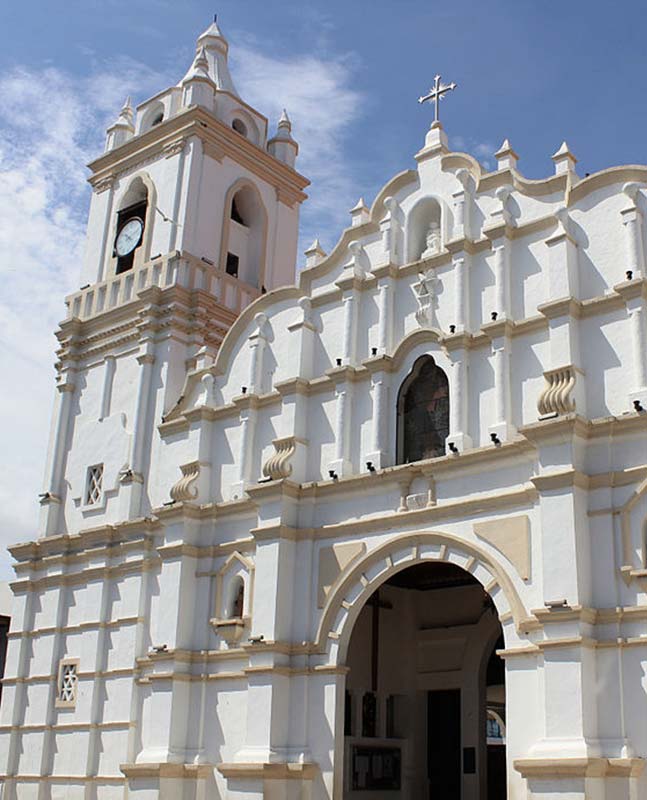
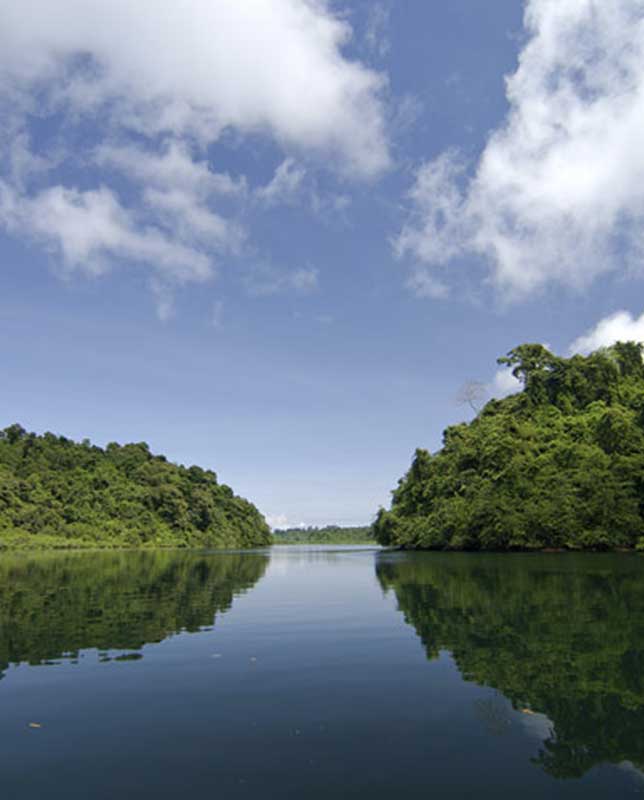
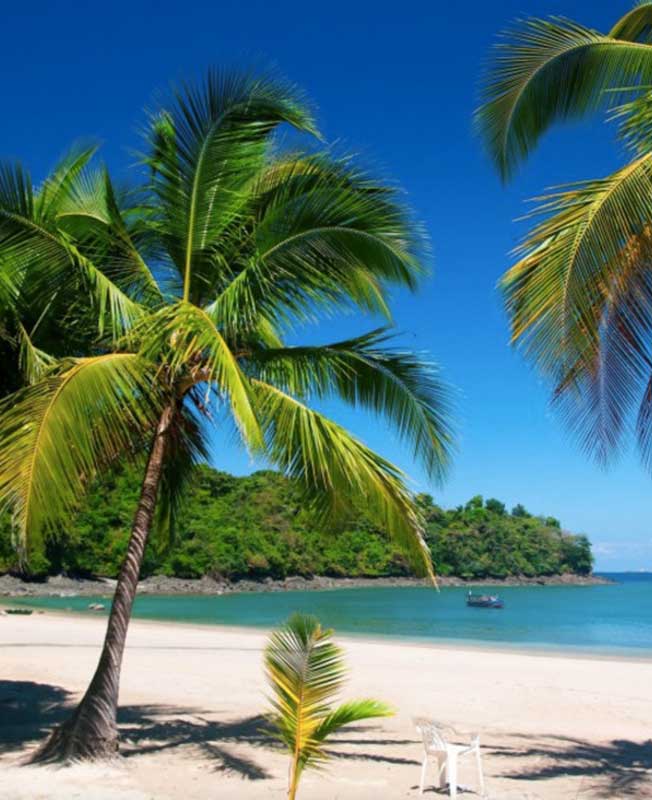
Coiba
The Coiba Island, previous site of an old prison, is now a natural park surrounded by small islands and classified World Heritage Site. It is located southeast of Panama.
Encircled by coral reefs, a diverse sea fauna can be admired, such as sharks, dolphins, whales, turtles and many fish species.
Covered by forests, you can discover a very rich flora as well. This is where many animal species found refuge and developed, for example the raptors which existence was threatened.
The perfect destination to discover nature outside of the beaten tracks.
Veraguas REGION
Veraguas province which Coiba is part of is the only region in Panama framed by the Pacific and the Atlantic. Nature is the most attractive point of the area and provides the opportunity to practice ecotourism.
You can find remarkable sites among landscapes where forests, rivers, waterfalls, heavenly beaches can be found. Among the most important:
- Santa Fé, at the heart of the coffee plantations and orchids. Apart tourist tours, the city offers many hikes to discover the surroundings.
- San Francisco de la Montaña, holds an authentic gem of the baroque art in its church.
- Santa Catalina, a well-known spot for passionate surfers.
- Montijo Gulf, to practice fishing.
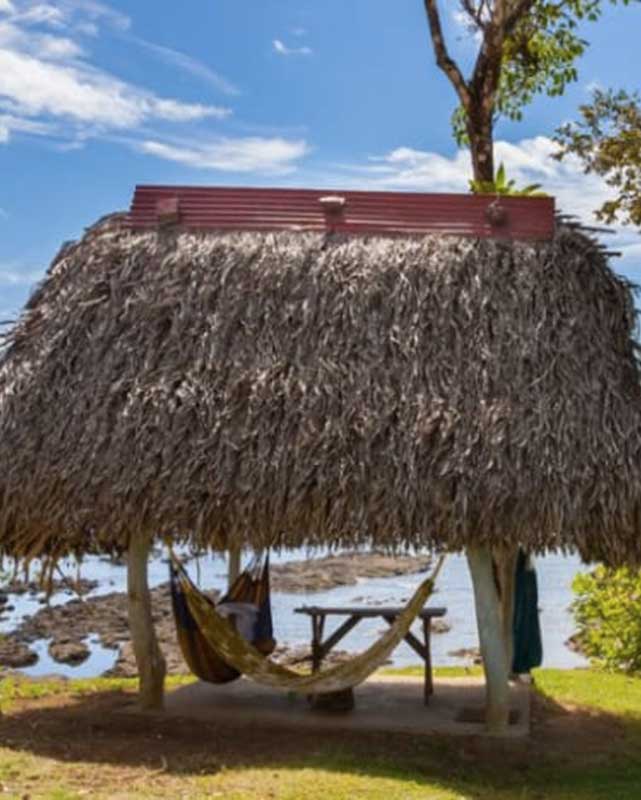

Chiriqui REGION
The province Chiriqui is located west of Panama, at the border of Costa Rica. It offers a wide range of climates and landscapes: mountains, valleys, prairies and rivers. You can practice many adventurous activities: rafting on the Chiriqui river, zip lining, trekking and hiking, the Baru volcano climbing. Among its attractions the most remarkable with many ecotourism opportunities, we can name:
- Boquete: a pretty small town located 1600 meters high in a natural environment very well preserved. Coffee is cultivated, and it is the starting point of many journeys mainly to watch the birds including the famous Quetzal.
- Cerro Punta: ideal departure spot to do trekking or hike in mountainous settings.
- Chiriqui Gulf: many ideal beaches to practice any kind of water sports activities leaving from Boca Chica.
- Baru Volcano National Park: created around the highest point of Panama, it offers a wide range of landscapes and climates according to the altitude. From the top with nice weather you can see the two oceans: Pacific and Atlantic.
- La Amistad International Park: Located in both Panama and Costa Rica, classified World Heritage Site. This is a fabulous place to hike, admire spectacular landscapes with much diversified green species and watch the very diverse wildlife which many species are threatened.


Darien PROVINCE
Positioned in the East part of Panama. This is the most isolated region of Panama and also the less explored. Covered by jungle and inhabited by Embera indigenous communities. This is truly the land of adventure!
- Darien National Park: the largest in the country with almost 580,000 acres, it is classified World Heritage Site and offers one of the most remarkable biodiversity with jungle, mangroves, rivers, swamps, rocky slopes and sand beaches. More than 170 mammal species, some extremely rare and threatened and more than 530 bird species! It is also inhabited by different ethnic indigenous communities such as Kuna, Wounaan and Embera.
- La Palma: capital of the region, located at the San Miguel Gulf, it is the ideal harbor to discover the jungle or go fishing.


